In this article, I highlight some of the most exciting things to see in Tibet on your first trip.
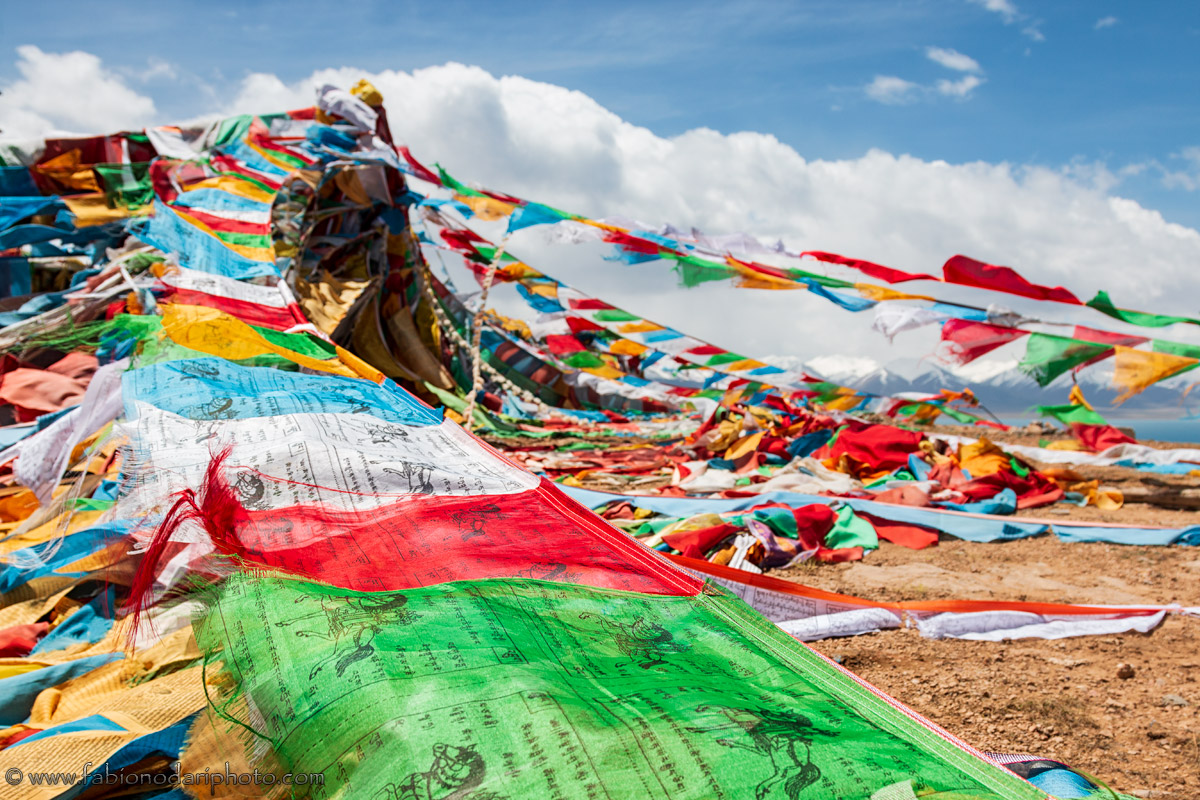
In my previous travel guide, I explained when and how to organize a trip to Tibet and some of the challenges you’ll undoubtedly face while exploring this fantastic province.
To summarize, the months from April to October are the best; you’ll need a local travel guide (it’s impossible to visit Tibet independently), and generally speaking, foreigners have many more restrictions than Chinese people.
Despite these challenges, I still believe Tibet is worth visiting. Its millenary culture and incredible landscapes will surely take your breath away.
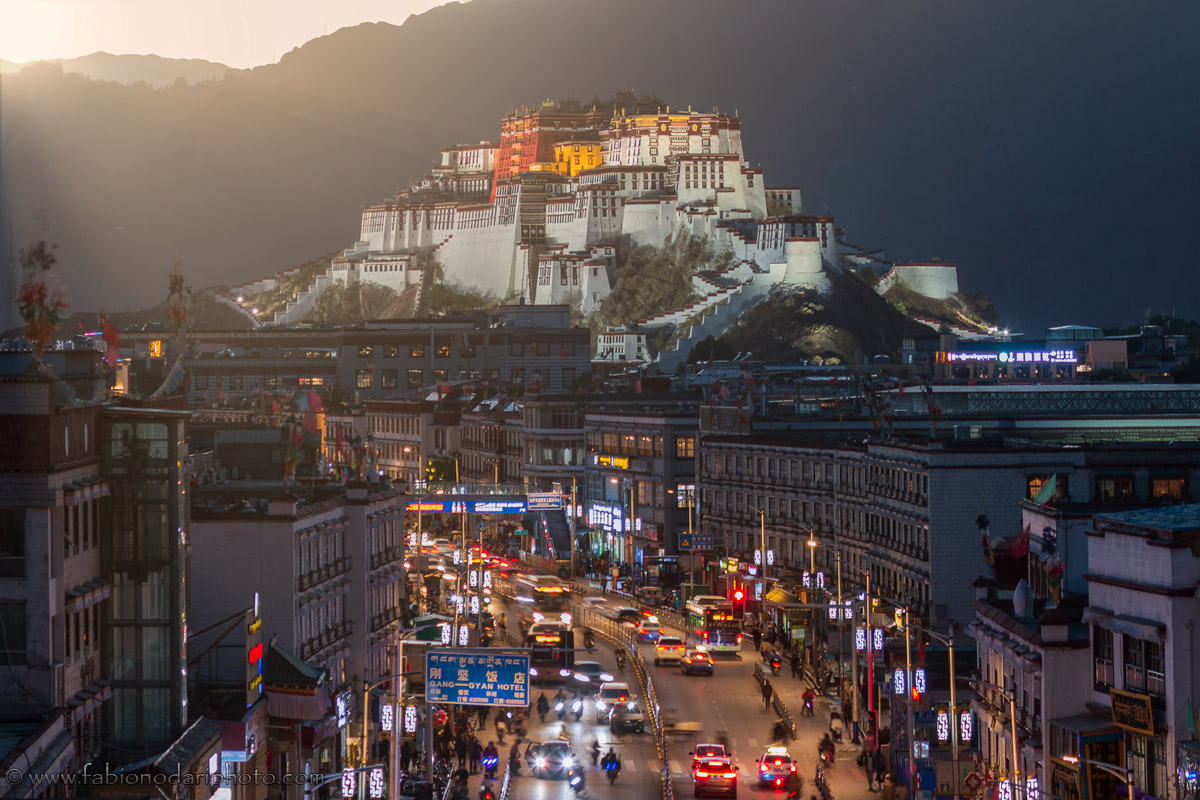
One of the first things you’ll have to decide is which tour will you choose. When contacting a tour agency (I recommend this one), they’ll provide a list of different tours ranging from a short 3/4 night trip to Lhasa to up to several weeks of trekking around the Tibetan plateau. I opted for a standard 6-night tour of the main highlights of Tibet, adding 1 night in Lhasa to adjust to the high elevation.
I didn’t opt for the Everest Base Camp tour for a couple of reasons: first, I didn’t see the point in driving several hours and wasting 2 days to see a rock and a bunch of tents. Second, the camp has been lowered to 4800 meters, so it’s not even the highest place you’ll visit since the Karola Glacier viewpoint and Namco Lake pass are around 5200 meters.
If it’s your first time in Tibet, one of the standard tours that includes Lhasa, Shigatse, and Namco Lake will probably be your best option.
These are some of the things you’ll explore if you pick the 6-day tour.
Day one and two: Lhasa
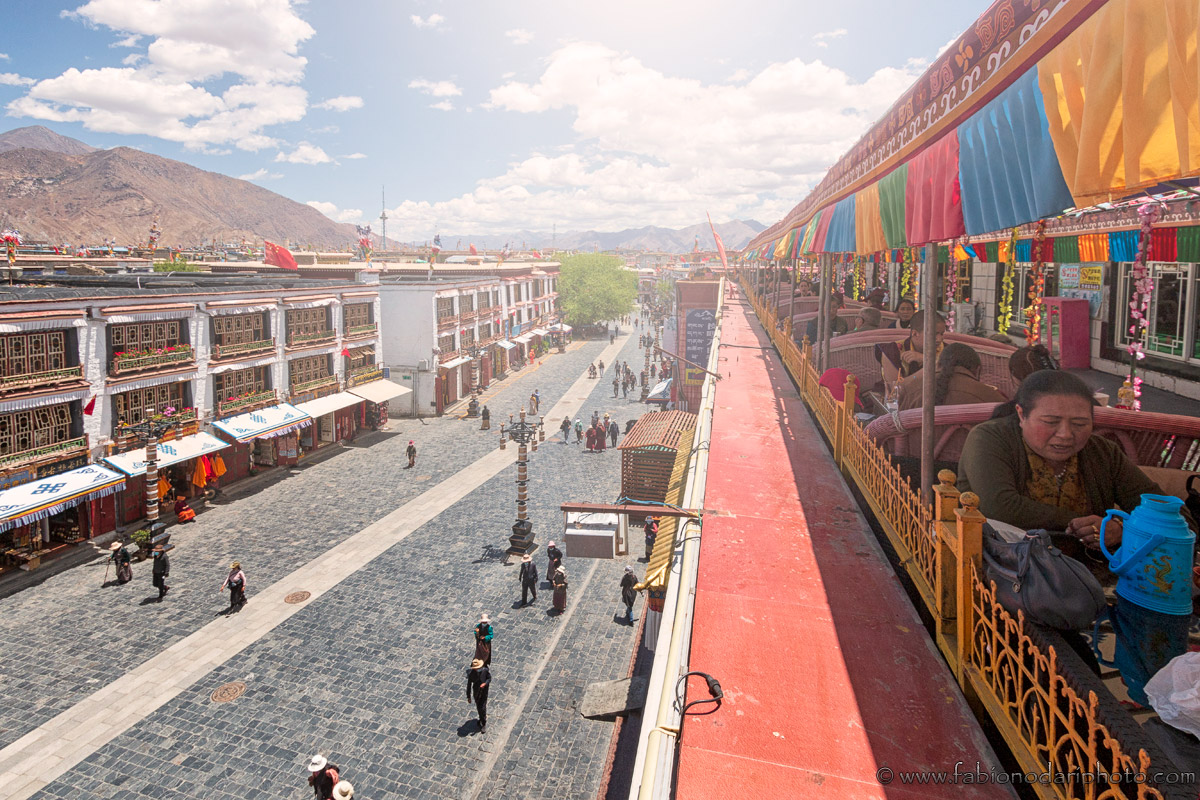
As soon as you arrive in Lhasa, your tour guide will welcome you, and usually, you’ll have the first day for yourself. It’s a good idea to take it easy and get some good sleep since Lhasa lies at an elevation of 3600 meters. Most likely, you’ll have a headache for the first few days. Another good suggestion is to avoid eating too much for dinner since this can cause other issues and make adjusting to the high elevation difficult.
On your second day, you’ll start the tour. The highlight of the day will undoubtedly be the Potala Palace.
Potala Palace
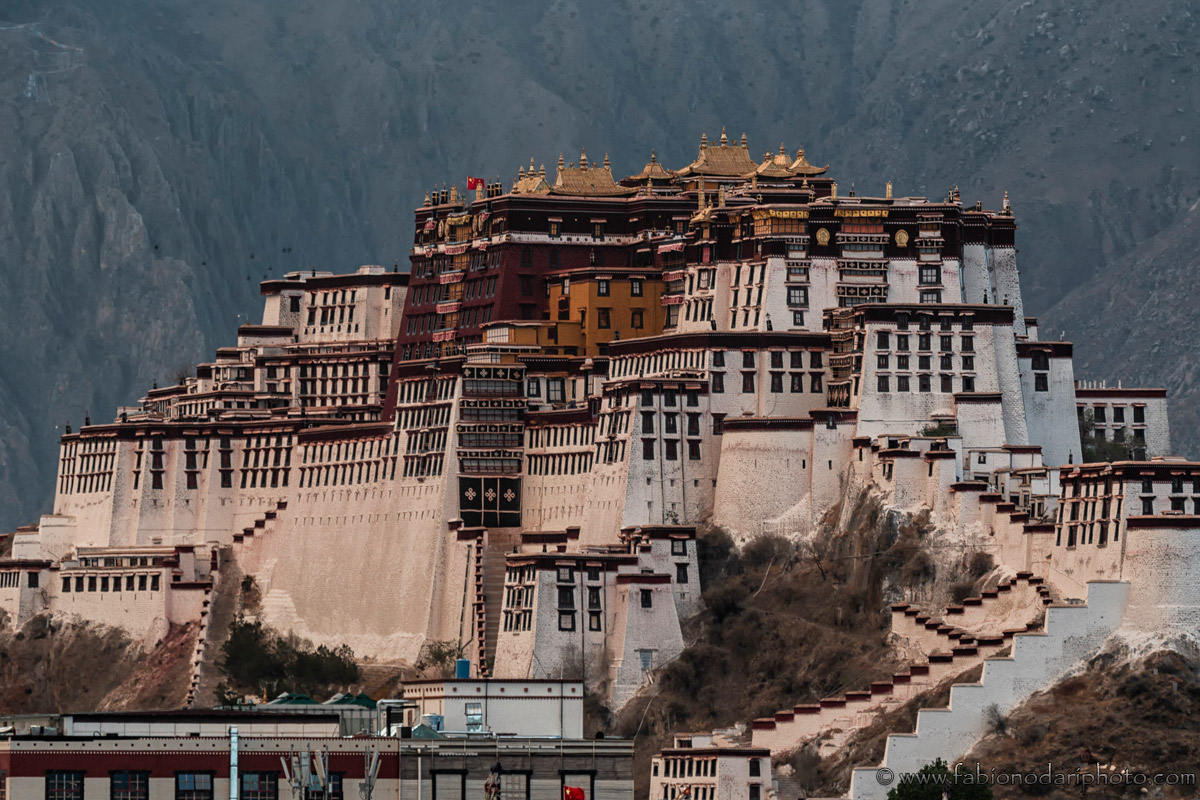
Firstly built in 641 AD and listed as a world heritage site in 1994, the Potala Palace is the most sacred place for Tibetan people. It covers an area of 36 million square meters, and you’ll see only a small part of it. The palace is divided into two parts: the white palace, which used to be the political part of the building, and the red palace, which used to be the religious part of the building. Today, only the Red Palace is open and is technically considered a museum.
The tickets must be booked well in advance, and the visit can last only one hour. The tour guide will book it for you. The Potala Palace is one of the places you cannot visit without a tour guide. Photography is forbidden inside the palace, and, as I mentioned in the previous article, foreigners are not allowed to use drones in all of Tibet.
Canggu Temple
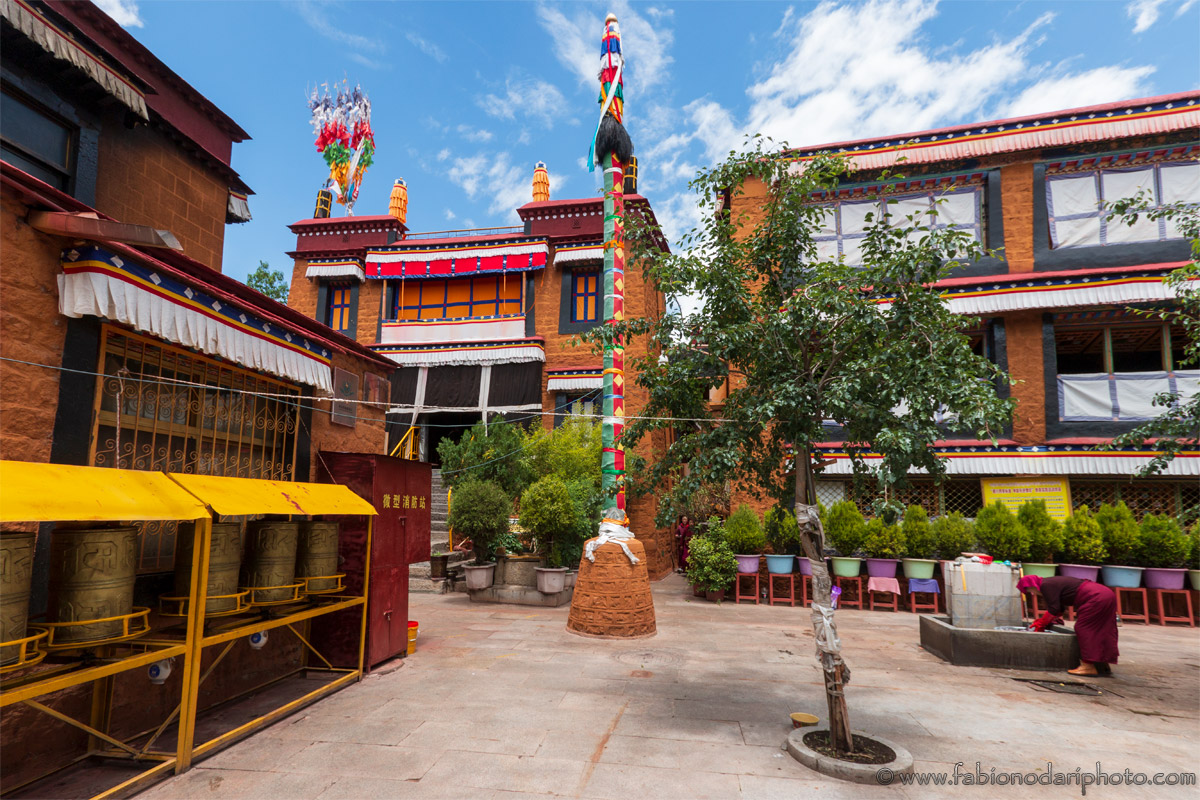
The tour will probably include a short visit to the Canggu temple, the only nunnery in Lhasa. There are about 60 nuns, and you’ll see some young girls busy studying and learning Tibetan scriptures.
Barkhor Street
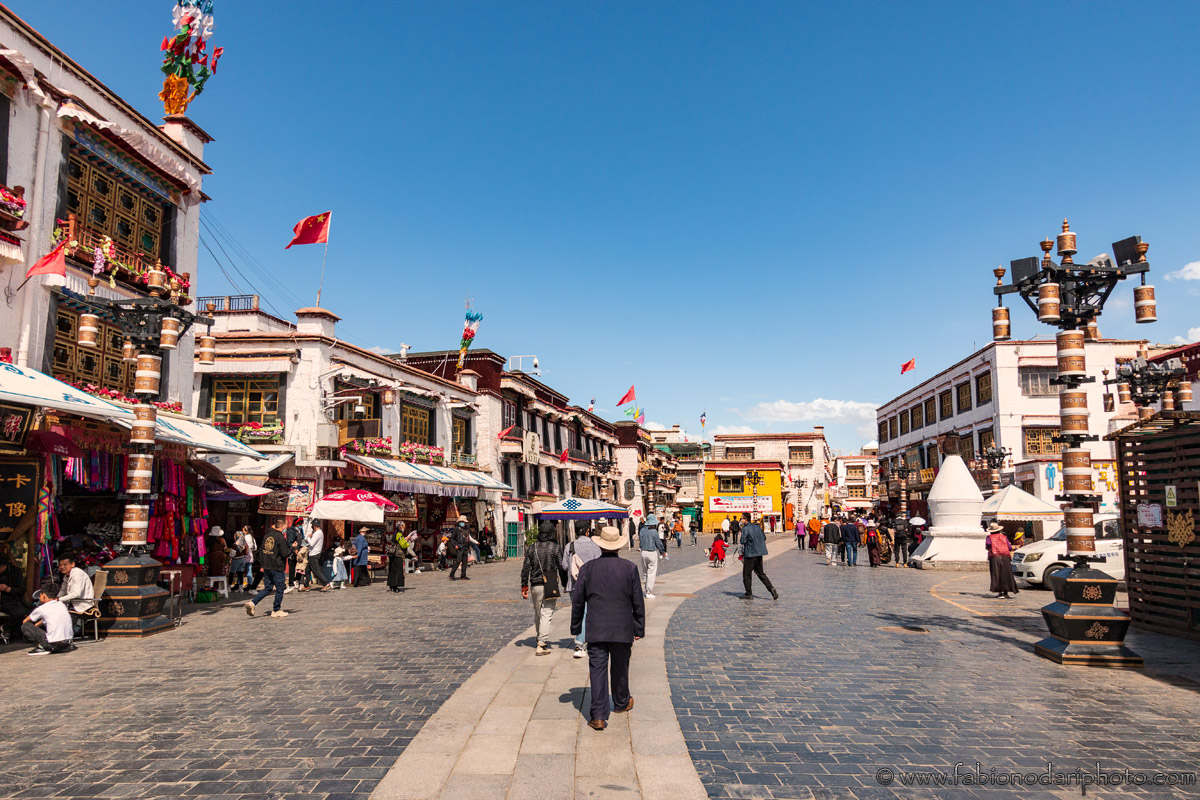
Barkhor Street is the heart and the historical center of Lhasa. It’s where local Buddhists and pilgrims practice religious circumambulation to erase their sins. You are supposed to walk only clockwise, and if you see someone walking in the opposite direction, even if they are dressed like locals, they are Chinese (Han) tourists: don’t be like them…
Tip of the day: don’t forget to take a break in one of the several teahouses with a rooftop to have a great view of the street.
There are checkpoints to enter the Barkhor; technically, you must be with your guide. But I had no issue going alone.
Jokhang Temple

You’ll visit Jokhang temple either on your second or last day of the tour, depending on how much time you have left. It’s one of the most famous Tibetan Buddhist temples and dates back to about 1300 years ago, like the Potala Palace. It’s also listed as a World Heritage site.
It’s located on Barkhor Street. Like any other temple, no pictures are allowed inside.
Day three: Yamdrok Lake – Karola Glacier – Shigatse
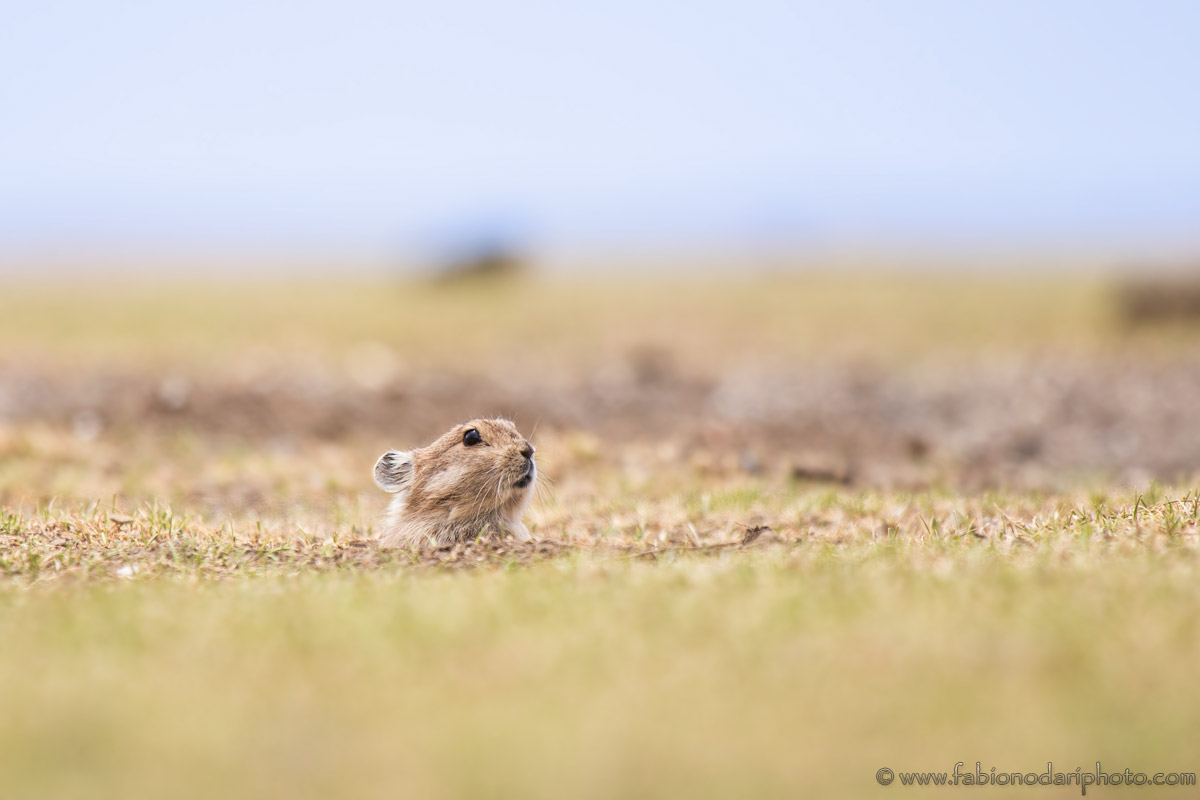
You’ll spend most of the day travelling by car, driving along some epic mountain gorges and high plateaus. If you spot some interesting place, tell your guide to stop for a few minutes. I’m glad I did because we found some cute Pika in one of the locations. They are becoming increasingly rare to find in the Tibetan Plateau. A few kilometres away, we also found a herd of Blue Sheep.
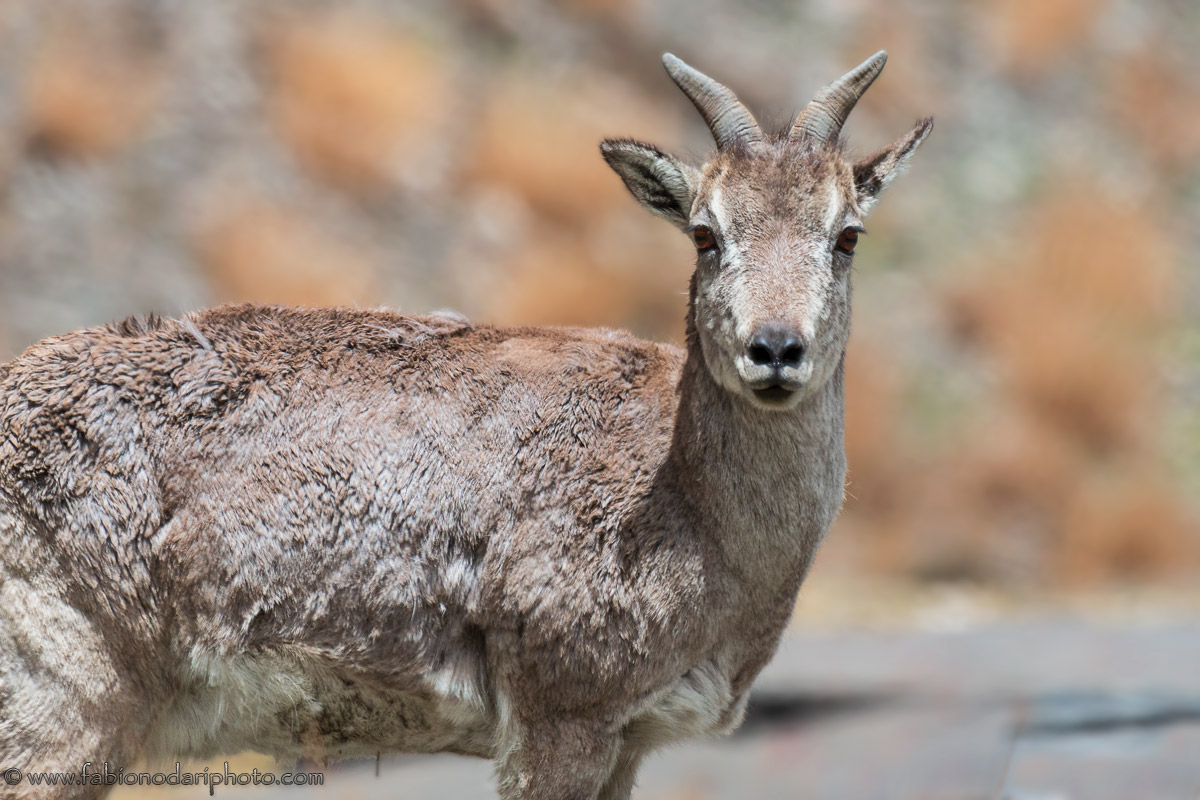
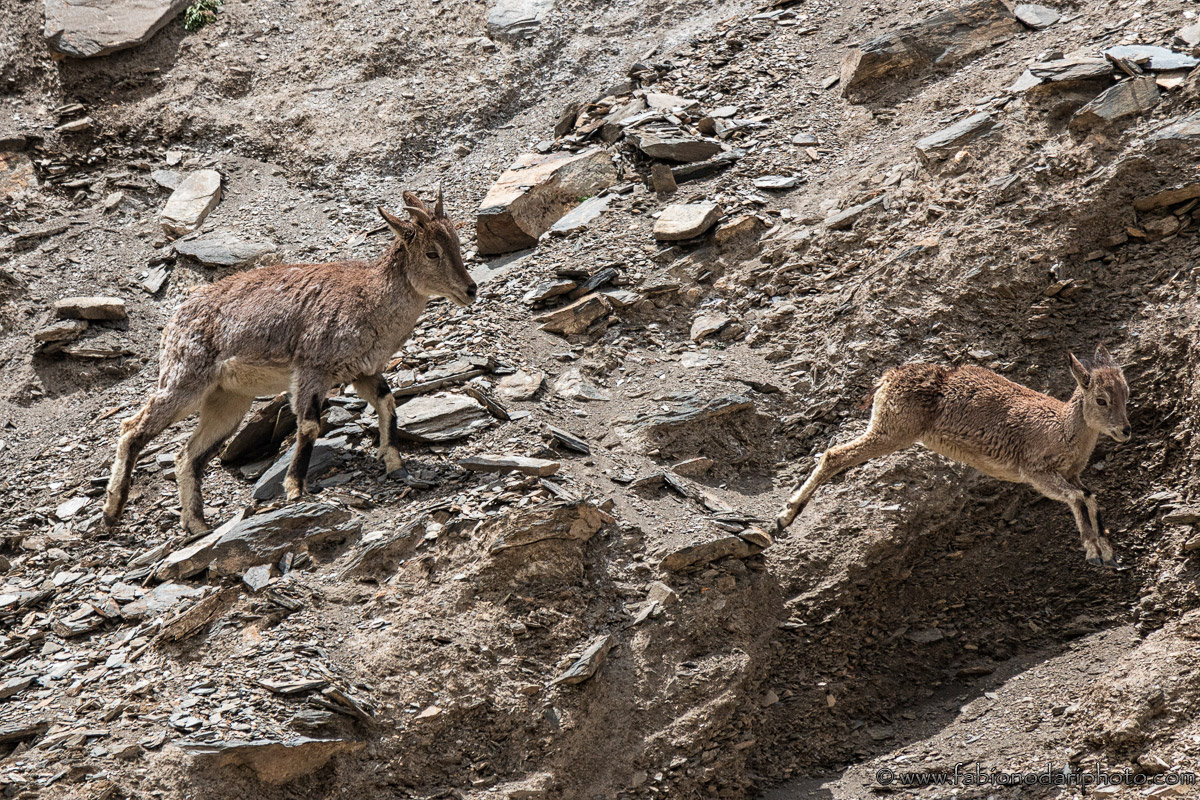
Blue Sheep are also known as Bharal in other parts of the Himalayas and are the major prey of the Snow Leopard, as I had the chance to witness on a previous trip to the Tibetan Plateau.
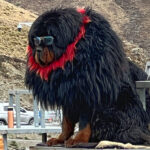
The first official stop will probably be in one of the lookouts along the road, which have nothing interesting to see and are a tourist trap.
You’ll be surrounded by people asking you to pay some money to take pictures with the several Tibetan Mastiffs, baby goats, and White Yaks parked there.
Yamdrok Lake
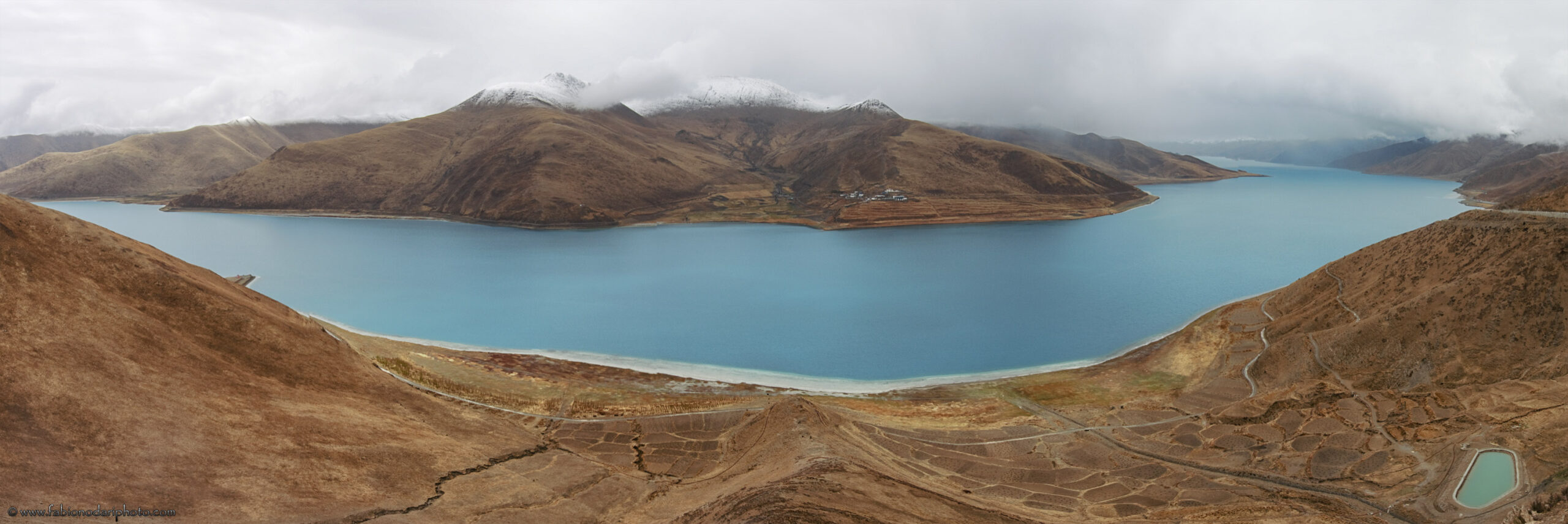
Yamdrok Lake is a freshwater lake and one of Tibet’s three largest sacred lakes. It’s over 72 km long. Many snow-capped mountains surround the lake, as you can see in the picture. According to local mythology, Yamdrok Lake is the transformation of a goddess.
You’ll stop near a panoramic lookout with a gorgeous aerial view of most of the lake.
Karola Glacier
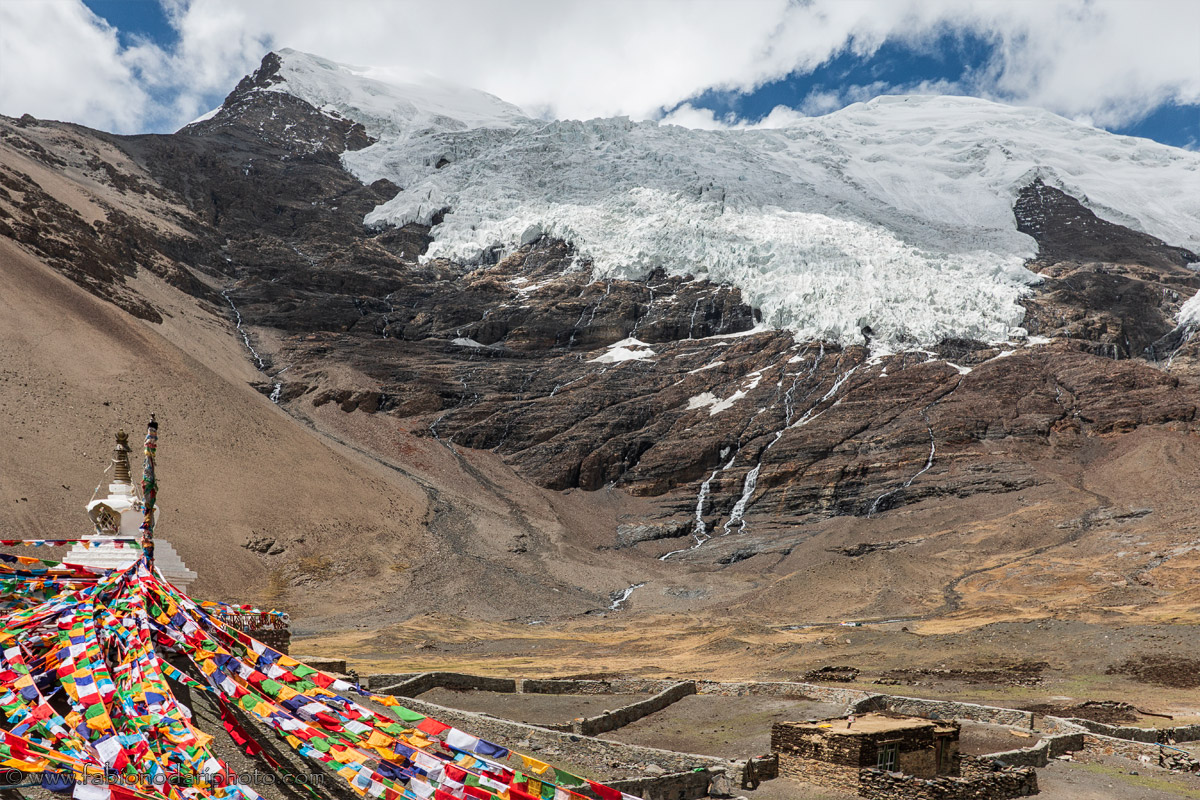
After the lake, you’ll head to the Karola Glacier, one of Tibet’s three major continental glaciers.
This imposing glacier is visible from the main highway, which links Lhasa and Shigatse, as it’s just 300 meters from the road. It’s backed by the southern slope of Naiqin Kangsang Peak (7,191 meters), one of the four highest peaks in Tibet.
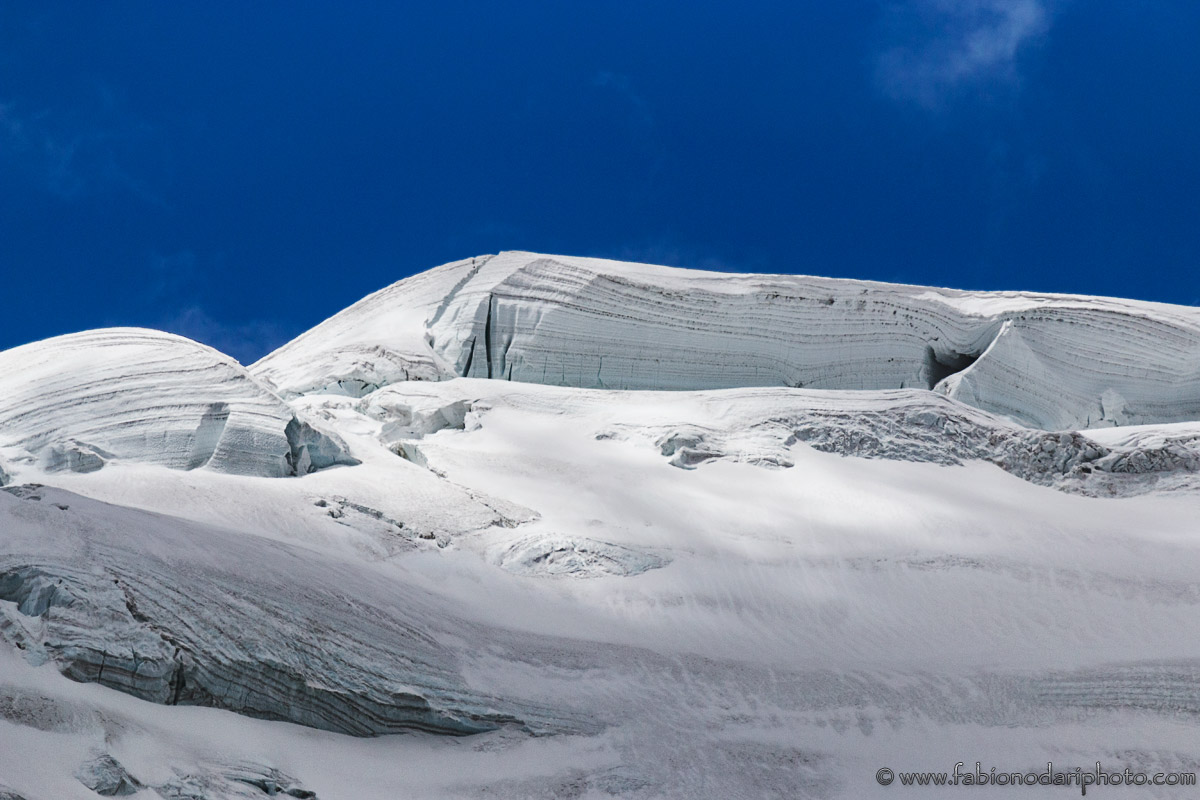
The viewpoint is located at an elevation of about 5200 meters. You’ll likely experience some headaches as a result of the high elevation. Don’t forget to drink plenty of water.
After the glacier, you’ll finally arrive in Shigatze (also called Shitagse or Rikaze in Chinese).
Day four: Shigatse Tashilumpo Monastery – Nimu – Mountain Donggula – Yampachen Grassland in northern Tibet – Damxung County
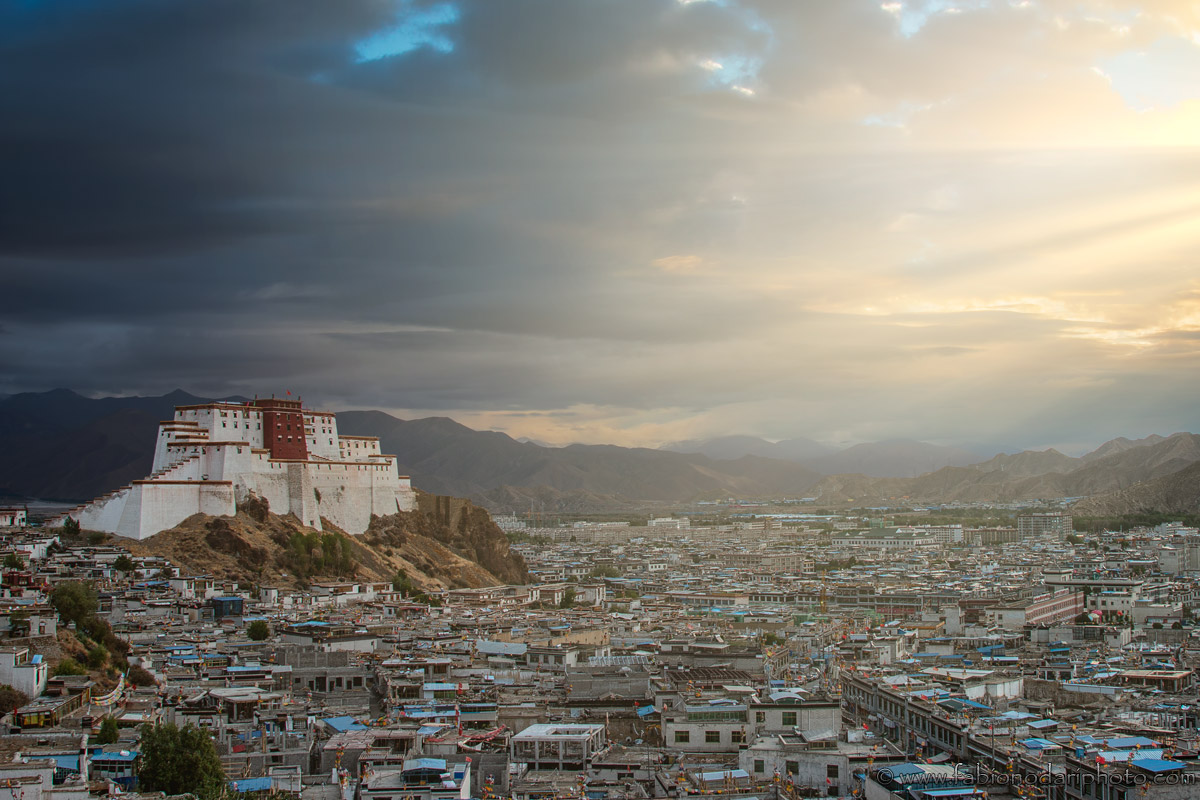
Shigatse is the second-largest city in Tibet, and I liked it way more than Lhasa. It has more Tibetan people than Hans (Chinese), so it’s culturally more preserved. It’s also way less developed, and although it still looks like any other Chinese city in some parts, you’ll feel like you are in Tibet.
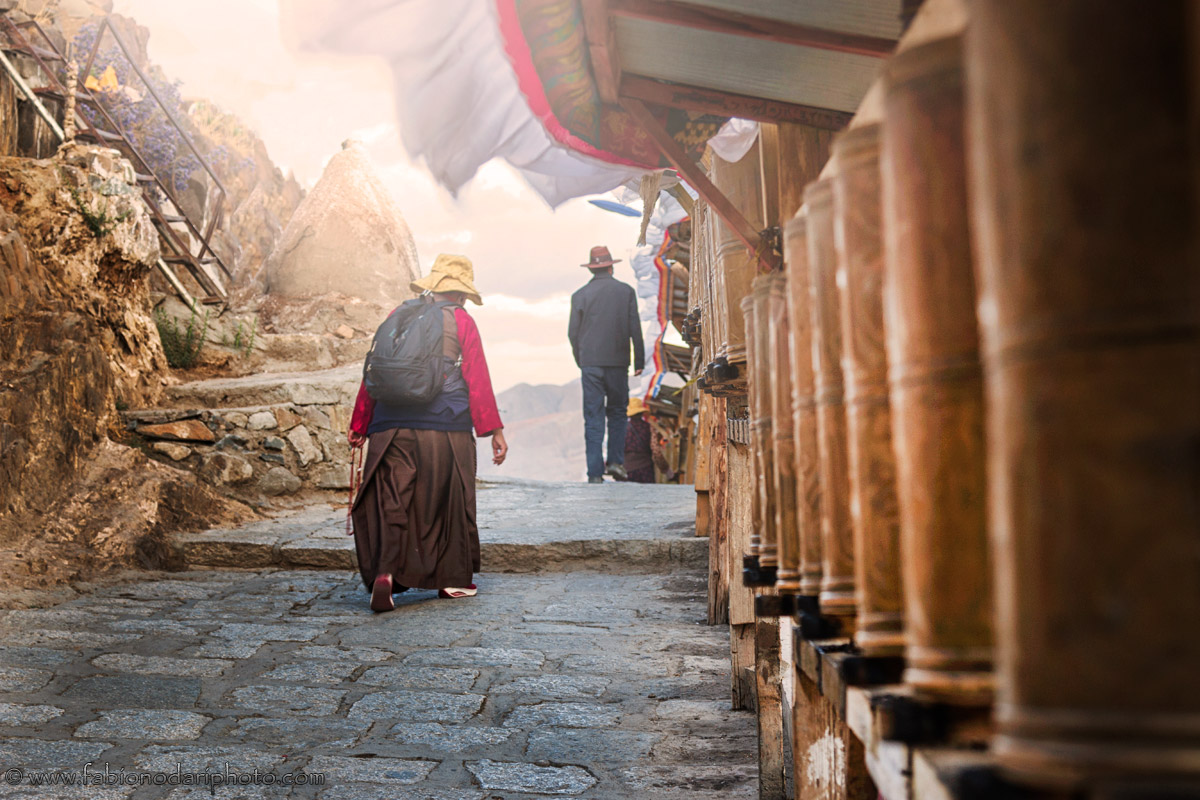
Tip of the day: I recommend heading for sunrise to the mountain behind the Tashilumpo monastery, where you can have a fantastic panoramic view of the city with the Shigatse Dzong (Little Potala Palace) in the background.
The imposing Shigatse Dzong was built in the 17th century as a smaller prototype of the Potala in Lhasa. It was destroyed in 1961, after the 1959 Tibetan uprising, but was rebuilt in 2007 in the same location, though on a smaller scale.
Tashilumpo Monastery
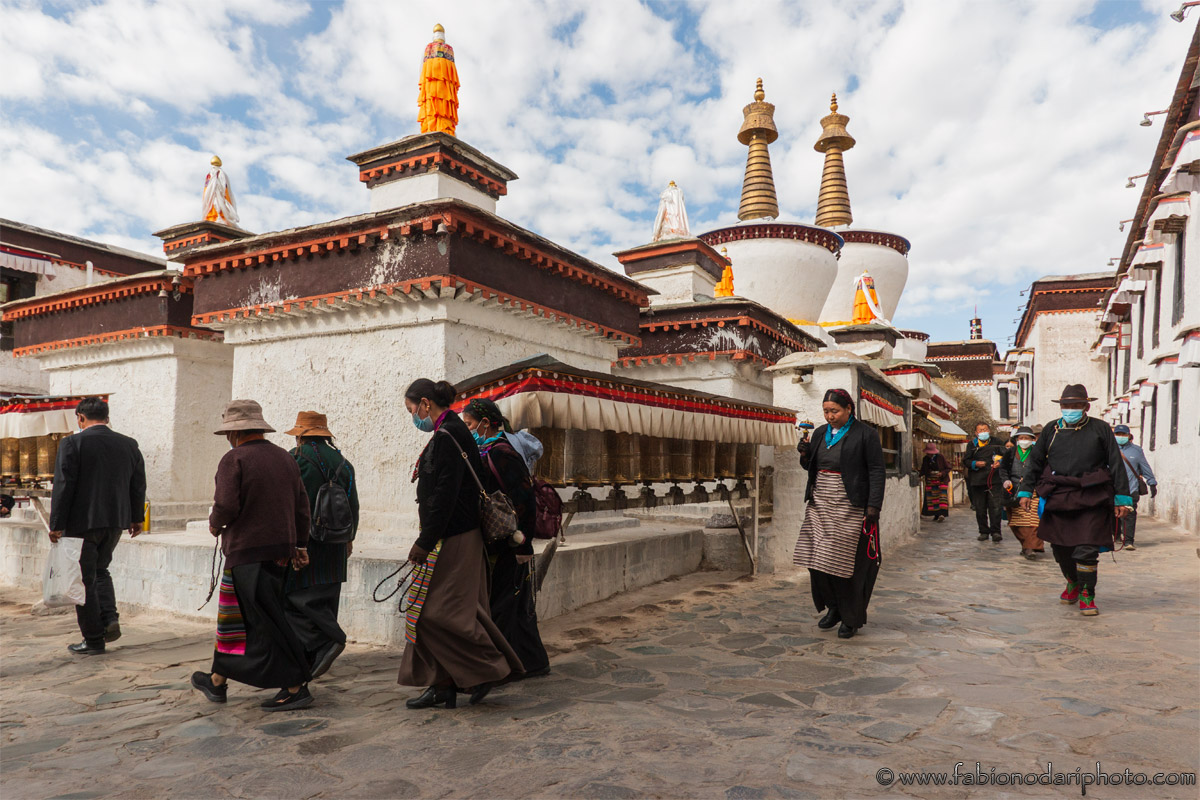
Tashilumpo Monastery was founded in 1447 CE by Gedun Drub, the disciple of the famous Buddhist philosopher Je Tsongkhapa and later named the First Dalai Lama. Donations from local nobles financed the construction.
It’s the seat of the Panchen Lama (whose current identity is the subject of controversy between the Chinese and the Tibetan government in exile), the second most important Tibetan Leader after the Dalai Lama.
To understand a bit better the local culture, it’s essential to explain the difference between the two Lamas:
The First Dalai Lama gained the title in 1391, whereas the First Panchen Lama gained his title in 1385. They were both disciples of Je Tsongkhapa, the founder of the Gelugpa school of Tibetan Buddhism.
According to the Tibetan Buddhist belief, Panchen and Dalai have already been very close long before they were humans: Dalai is considered to be the incarnation of Guanyin/Avalokiteśvara, while Panchen is the incarnation of Amitābha.
Historically in Tibet, Dalai had more political power as the leader of both the regime and the religion. The influence of Panchen was more or less limited to the Shigatse area. But, there were cases where the power of Panchen surpassed that of Dalai. Regardless, in the eyes of the Qing and Republic of China governments, they both had the same level of religious status (as most high-ranking monks in Tibetan Buddhism). Traditionally, the younger one between the two shall become the disciple of the older one. Exceptions only apply if both are too young or they have serious conflicts with each other.
The Panchen Lama bears part of the responsibility of the monk-regent for finding the incarnation of the Dalai Lama and vice versa.
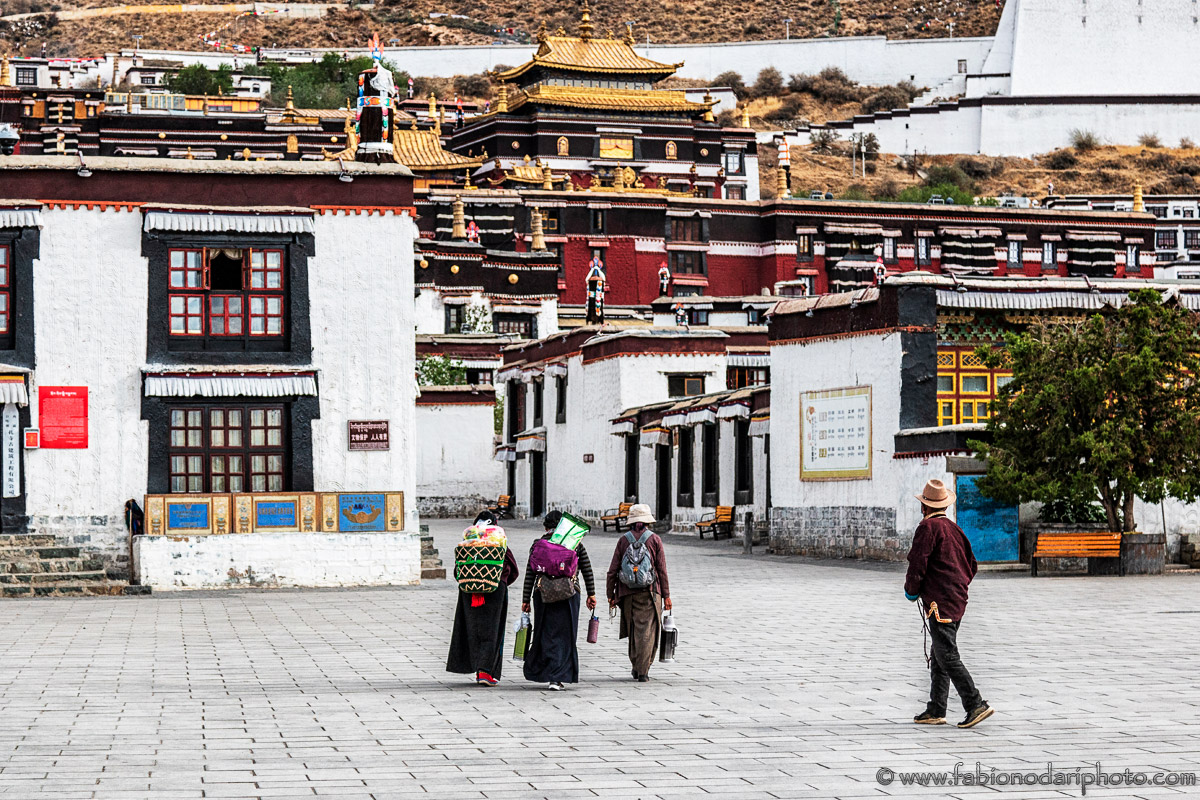
Pilgrims circumambulate the monastery on the lingkhor (sacred path) outside the walls. Although two-thirds of the buildings were destroyed during the Chinese Cultural Revolution, they were mainly the residences of the 4,000 monks. The monastery itself was not as extensively damaged as most other religious structures in Tibet because it was the seat of the Panchen Lama, who remained in Chinese-controlled territory.
According to Wikipedia, however, in 1966, Red Guards led a crowd to break statues, burn scriptures, open the stupas containing the relics of the 5th to 9th Panchen Lamas, and throw them in the river. Some remains, though, were saved by locals, and in 1985, Choekyi Gyaltsen, the 10th Panchen Lama, began the construction of a new stupa to house them and honor his predecessors. It was finally consecrated on 22 January 1989, just six days before he died aged fifty-one at Tashi Lhunpo.
After this history lesson, it is time to move on and head for Damxung County, where you’ll spend the night. But before that, you’ll pass through some amazing places.
Yampachen Grassland
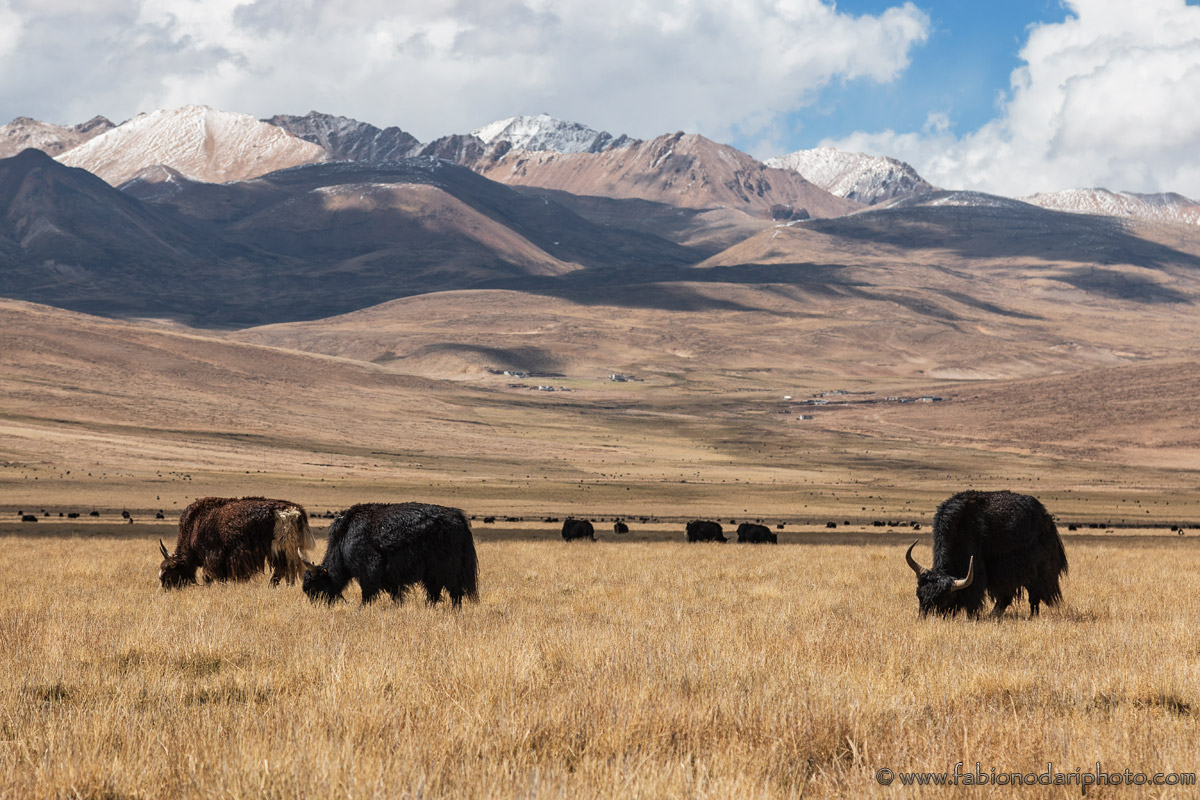
One is the Yampachen Grassland, where you’ll see herds of Yaks and incredible prairie views with snow-capped mountains in the background.
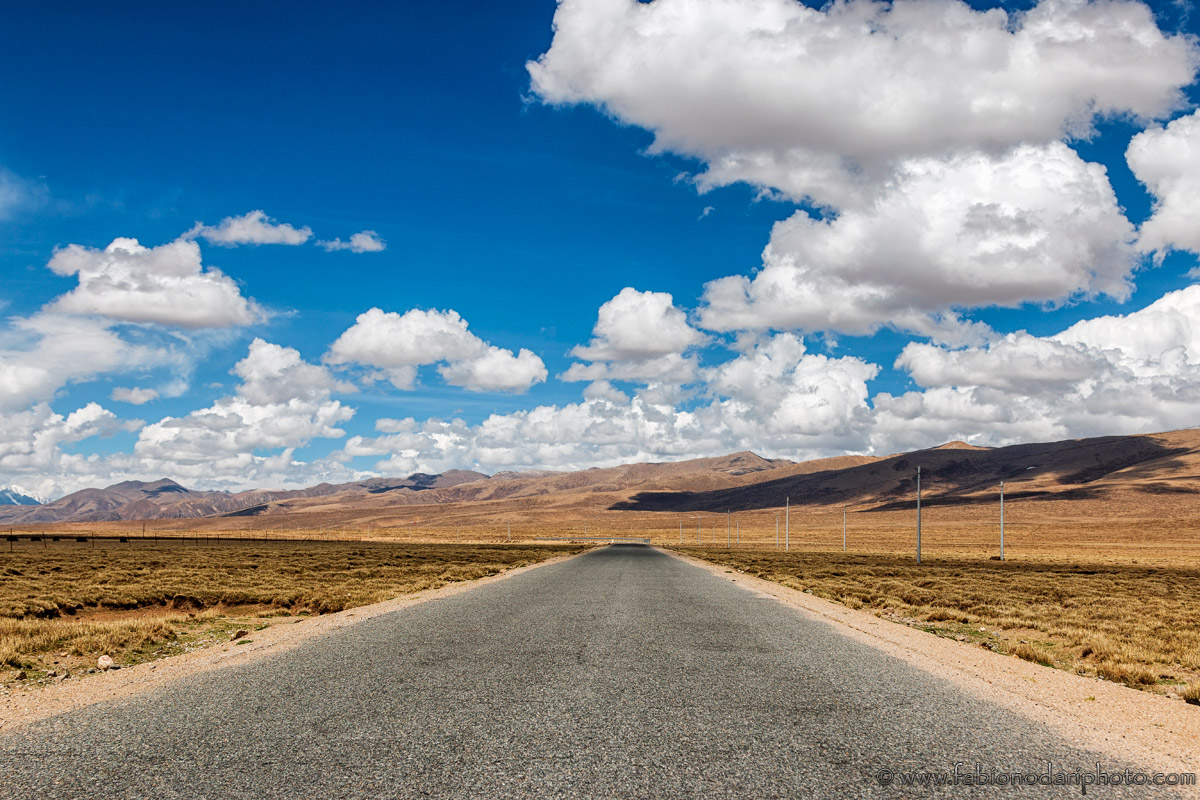
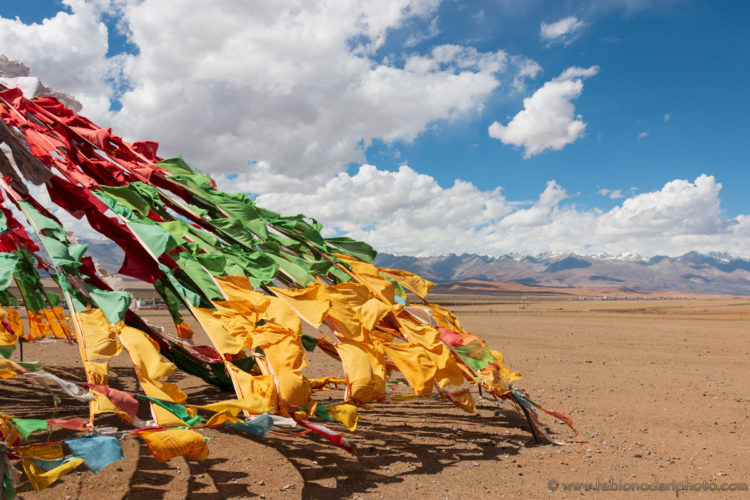
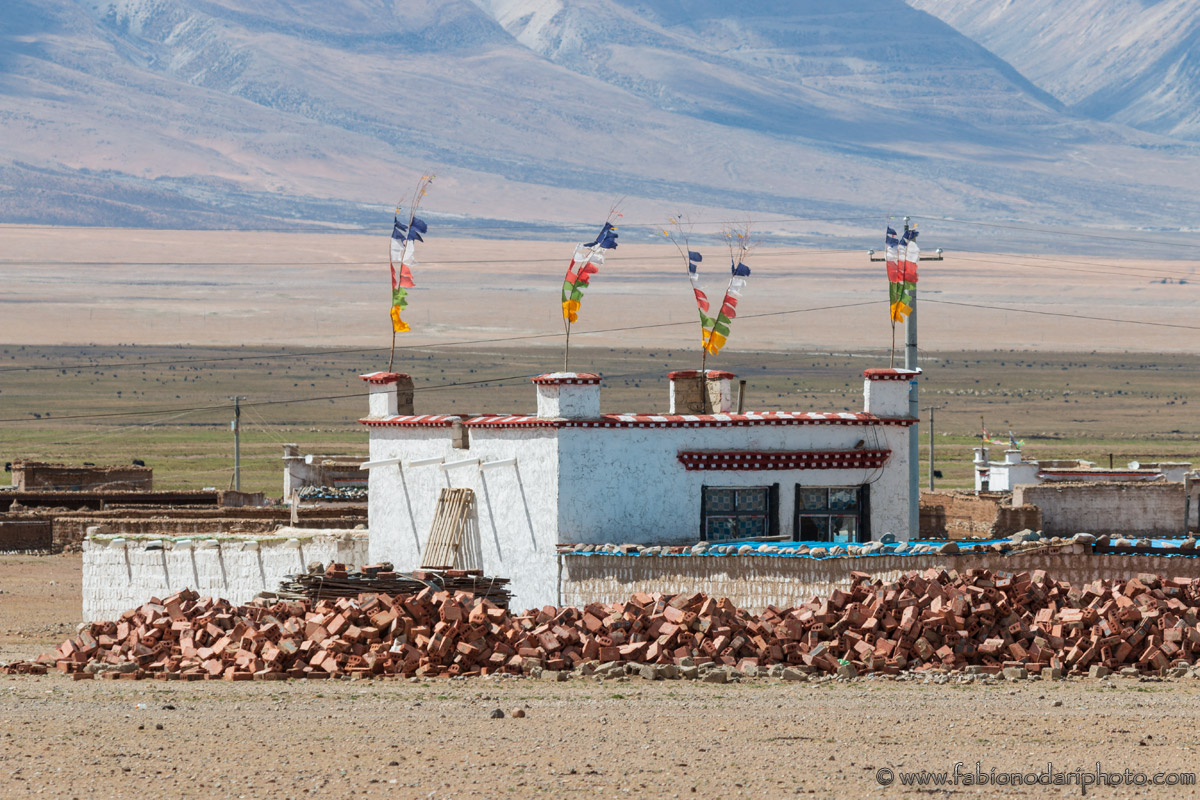
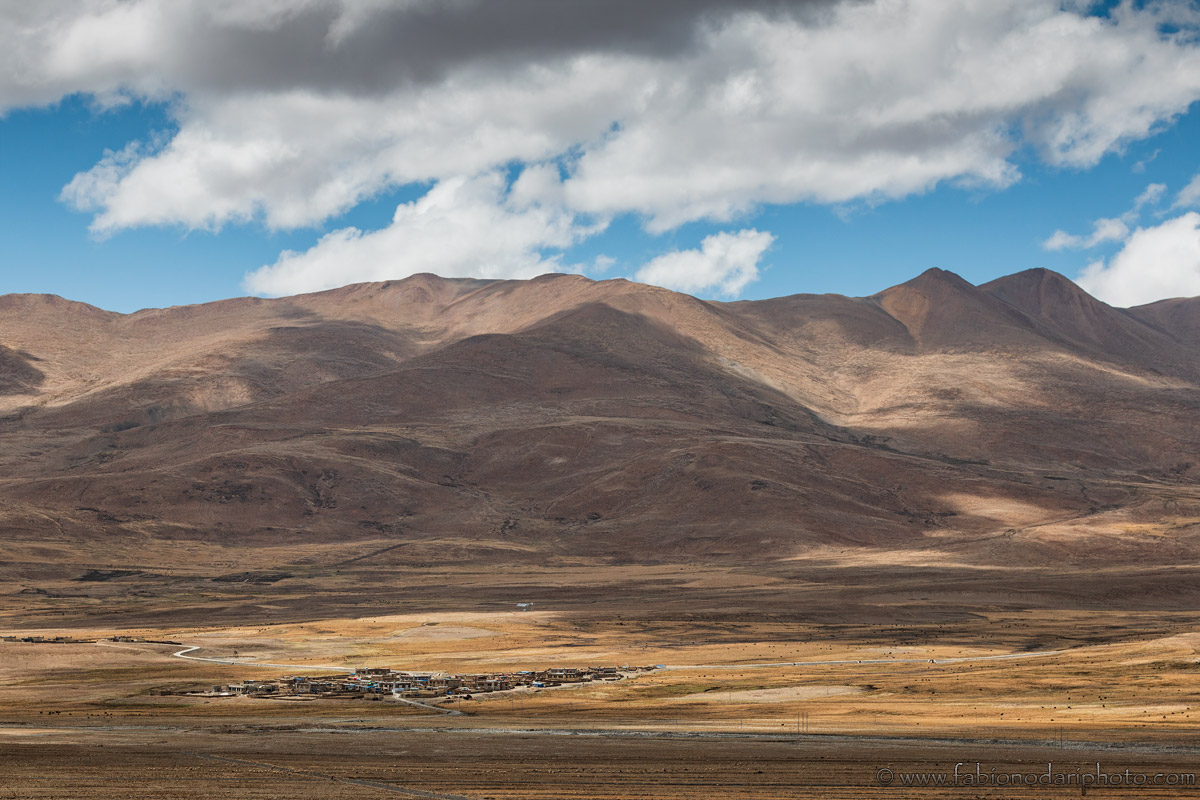
Don’t forget to occasionally stop to take pictures and listen to the incredible absence of any human sound. You’ll also see some scattered villages, making you wonder how people have survived for so long at an elevation of more than 4000 meters.
Unfortunately, you’ll also spot the highest geothermal power station in the world.
In the late afternoon, you’ll arrive in Damxung, a small town built around a train station with surprisingly heavy traffic. This place is used as a base to visit Lake Namco the following day.
Day five: Namco Lake, then back to Lhasa
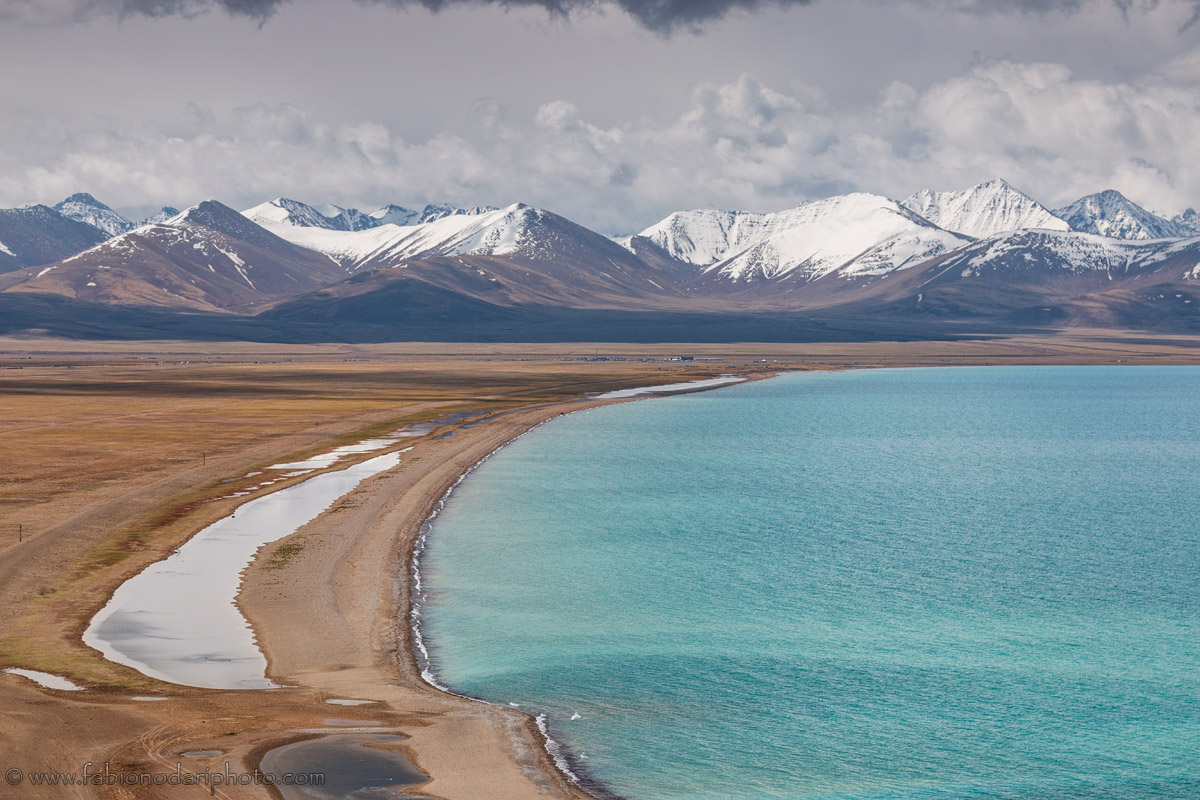
On day five, you’ll drive from Damxung to Namco Lake (also called Namtso Lake), probably the most beautiful place in Tibet. It’s the highest saltwater lake in the world and the largest lake in Tibet. It covers an area of 1920 square kilometers and is the second-largest saltwater lake in China (Qinghai Lake is the largest one).
Unfortunately, when you first arrive in the main area, you’ll probably be a bit disappointed since you’ll feel like an amusement park rather than one of the most sacred places for Tibetan people. There is a massive building with hundreds of buses waiting for the tourists. You’ll have to take one of the buses that will drive you to a small peninsula on the lake.
Don’t get me wrong, the lake is still worth a visit; but don’t expect it to be the remotest place on earth. Luckily when I went there there were no tourists, but I was told it could be very crowded and you might have to queue for an hour or so to get on the bus.
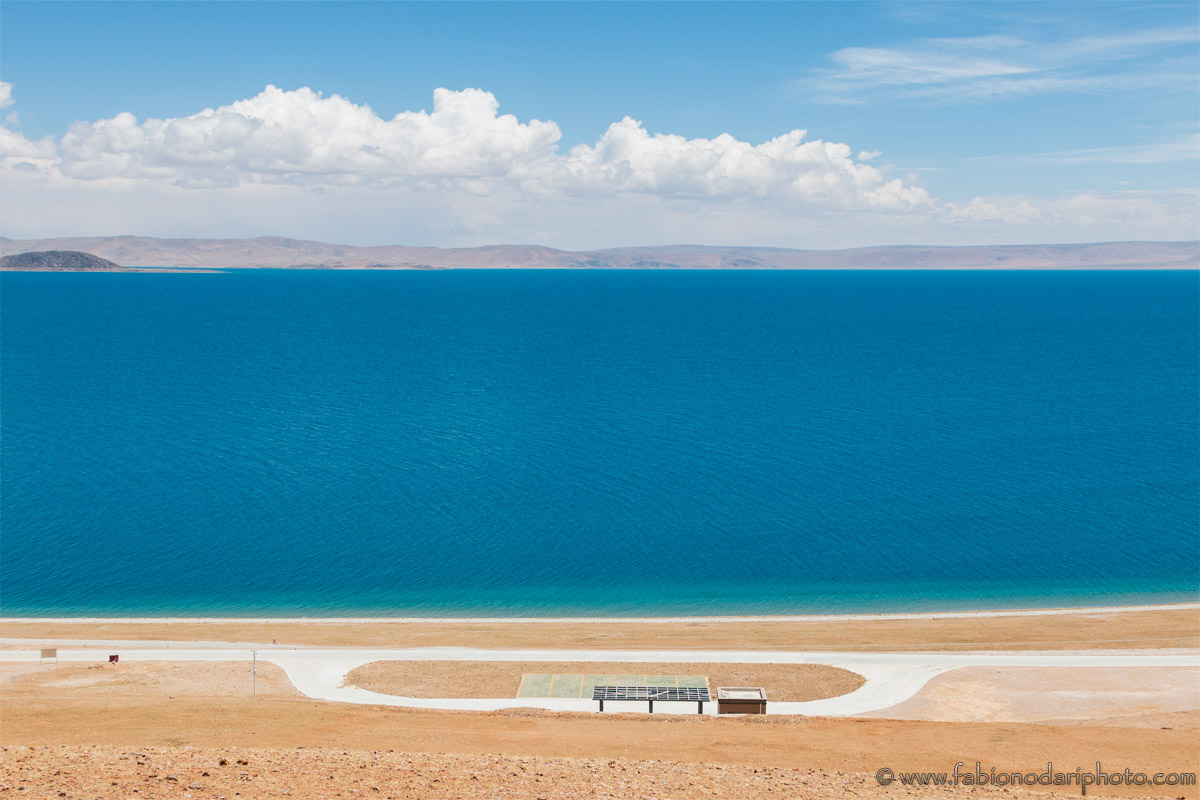
Namtso has five uninhabited islands of reasonable size, and they have been used for spiritual retreats by pilgrims who walk over the lake’s frozen surface at the end of winter, carrying their food with them. They spend the summer there, unable to return to shore again until the water freezes the following winter. Chinese authorities no longer permit this practice.
Tip of the day: when you arrive on the peninsula, you can hike a small hill where you’ll have a panoramic view of the lake, and you’ll probably avoid most of the crowds, who’ll stay on the banks of the lake taking pictures with the White Yaks.
After Namco, you’ll return to Lhasa and visit Jokhang Temple if you haven’t yet done so. I recommend you visit the temple earlier, during your second day, because you’ll be pretty tired, especially after hiking in Namco. Also, if you spend quite a lot of time in the lake, you won’t have much left for the temple.
And this is it if you choose the shorter tour. If you picked the longer tour, you’ll probably also visit the Everest Base Camp and Nyingchi. Remember that Nyingchi is famous for the peach blossom, but it only happens around April. I’m not sure if it’s worth visiting during the rest of the year.
I explain how you can get the Tibet Travel Permit in this article,
If you have any questions, please feel free to leave a comment. Here you can see some other pictures I took in Tibet. Here is my travel guide to China, and here are some of the most interesting to see in northern Yunnan, close to Tibet.
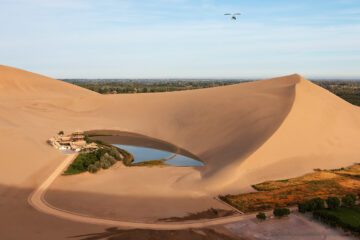
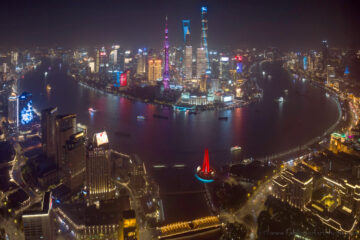
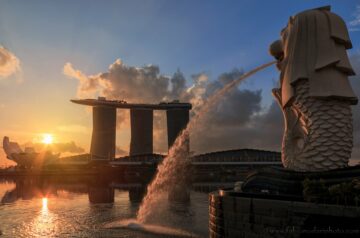
It’s a pitty your tour didn’t include visiting the town of Gyantse with the famous Pelkor Chode Monastery and the beautiful Gyantse Kumbum Stupa. And Gyantse is more a Tibetan town than Shigatse.
Yeah too many awesome places to visit and not much time 🙂